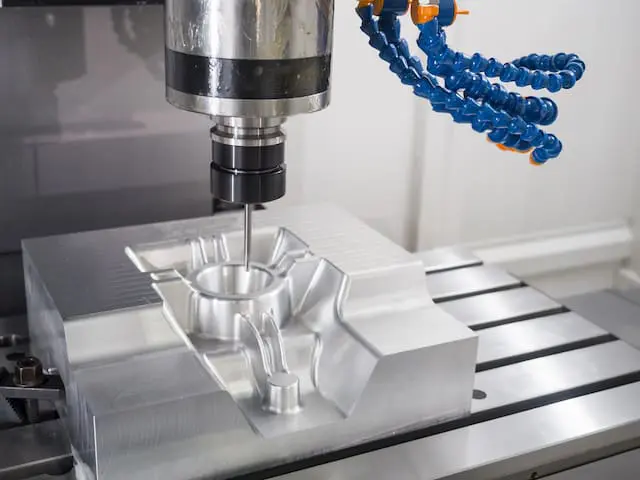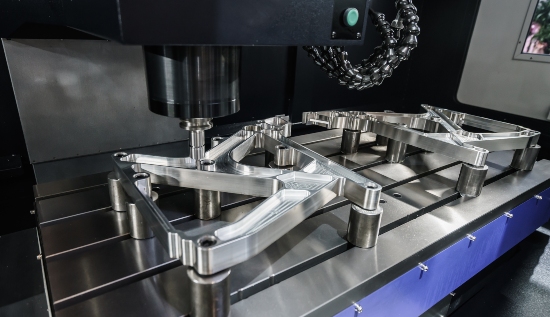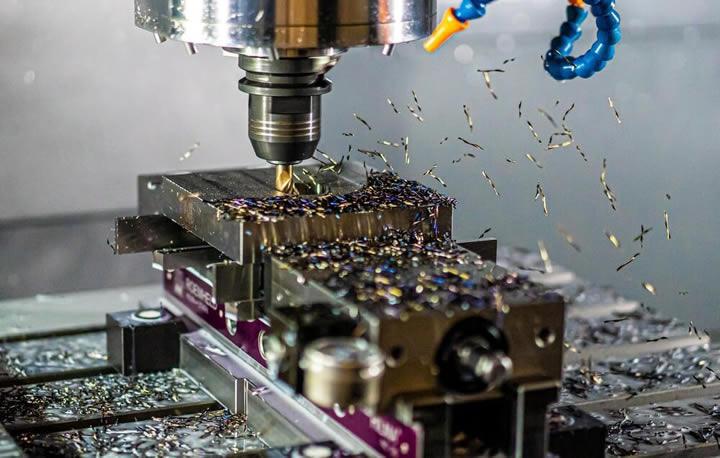Casting metal is an example of a production method that has persisted for more than 6,000 years and that is still held in high regard in the modern world. Casting metal has been used to make tools and weapons since ancient times. Imagine a mode of manufacturing that has survived for such a long time and that is still held in such high regard in the contemporary world.
It is impossible to overstate how important it is to cast metal into a variety of different shapes and forms. Even the development of civilization itself was given a name that reflected the method of metal casting that was most common during that time period. This name was "lost wax casting," and it was given to the method that was used most frequently during that time period. Copper Age, Bronze Age, and Iron Age are the names given to these time periods in chronological order.
In spite of the fact that there have, without a doubt, been a great number of advancements in terms of technology over the course of the millennia, the fundamental idea and the benefits have remained the same.
Why do you cast?

The process of forming products out of metal can be significantly simplified through the use of casting. Pouring molten metal into a mold, which is then used to create the desired pattern, is the process that results in the pattern being created. Before removing the pattern or part from the pattern, a slight taper, also known as a draft, is applied to the pattern surfaces. This step is done in preparation. After the pattern has been removed from the casting box, cores can be inserted into the box to create passages or cavities within the casting if those features are required. Cores can also be used to strengthen the casting.
Casting is a step in the manufacturing process that cannot be overstated in terms of its significance due to the fact that casting is an important step. Casting a component can cut down on both the number of individual parts and the total number of components that need to be assembled. Casting a weldment that was once comprised of a dozen separate pieces into a single component reduces the amount of time that is required for assembly, makes it simpler to keep track of inventory, and brings the cost of the component down overall. Casting also provides access to a vast array of different personalization options, which is another perk of the process.
Aluminum die casting advantages
These most recent decades are not referred to as the Aluminum Age, but they very well could be. Aluminum has come a long way in a relatively short amount of time. Aluminum is desirable these days because of the combination of its low weight and its high strength. die casting mold aluminum is used in a variety of modern applications, including the production of thin-walled enclosures that feature an attractive, very smooth finish surface and require less machining than traditional alternatives. Castings of cookware and a variety of decorative items were among the first commercially available aluminum products. However, these kinds of applications are included in the modern uses of die cast aluminum. In addition, die cast aluminum can be used to create a variety of attractive architectural features.
Aluminum not only results in an affordable piece price, but it also enables rapid cycle times and high-volume production, which can reach up to one thousand pieces per day depending on the requirements of the machining process. Aluminum can be machined into a wide variety of shapes and sizes, making it an excellent choice for a wide range of applications. Because it can be machined into such a wide variety of shapes and sizes, aluminum is an excellent choice for a wide variety of applications because of its versatility.
It is essential to keep in mind that the advantages offered by each of the three processes are enhanced by the utilization of aluminum in the casting process. Iron is an exception to this rule because it is not capable of withstanding high pressure; consequently, sand casting is the only method of casting that can be utilized when working with iron. As we continue our discussion of the three most important processes of casting, sand casting, die casting, and permanent mold casting, it is important to keep in mind that the benefits of all three processes are amplified when aluminum is used in the casting process. This is because aluminum has a low melting point and a high strength-to-weight ratio.

The term "casting" refers to both sand casting and casting with dies.
Die casting is an ideal manufacturing process for precisely formed parts because, in comparison to other manufacturing processes, it requires less machining and finishing. Casting in sand molds is the method of casting that is the most versatile, and it is used to produce a wide variety of products, particularly aluminum. A pattern is pressed into a mixture of fine sand while it is being subjected to pressure. This will result in the creation of the mold into which the molten metal will be poured. Die casting is a manufacturing process that involves forcing molten metal under pressure into a steel die, which is also referred to as a mold.
When compared to those of the other, how do their advantages and disadvantages stack up?
Sand casting, in contrast to die casting, enables the use of a greater variety of alloys; for example, alloys 319 and 356 can both be incorporated into the casting process. Die casting is unable to accommodate these different kinds of alloys. The types of alloys used in various products each have their own unique strengths and other characteristics that set them apart from one another. The process of die casting is unable to accommodate alloys of these types.
Die casting is a process that requires the pattern to be pulled out of the mold in a very specific way. As a result of this limitation, die casting precludes the creation of certain cores for passageways. Die casting is a process that requires the pattern to be pulled out of the mold in a very specific way.
Die casting is typically utilized for high-volume production because of its speed, which enables it to produce a significantly higher number of castings per hour than sand casting does. Sand casting is a casting technique that is used. The more conventional approach is called sand casting.
Tolerancing: In comparison to sand casting, die casting, which uses a mechanical tool made of steel, is able to maintain closer tolerances due to the fact that the tool used in die casting is made of steel. For more information on the acceptable levels of tolerance, see the list that follows.
Machining: Because die casting mold uses less stock than other casting methods, the machining costs associated with die casting are significantly lower than those associated with other casting methods. In addition, certain surfaces can be left in their cast form without requiring any further work to be done on them, which eliminates the need for any additional labor.
Because of the necessity of the tooling, die casting results in a significant increase in the cost of steel tooling. This is a direct consequence of the tooling. On the other hand, if at the beginning of the process you make the appropriate investment in tooling, this will result in a lower overall piece price.
Sand casting is a process that has a higher piece price than die casting; however, sand casting can be more cost-effective for small quantities and prototypes, intricate designs, and when the casting itself is very large. Die casting is a process that involves the use of molten metal that is forced through a die into a mold. Die casting is a process that has a lower piece price than sand casting. This is because sand casting requires a smaller amount of material to be used. Die casting, on the other hand, uses a larger quantity of material.

